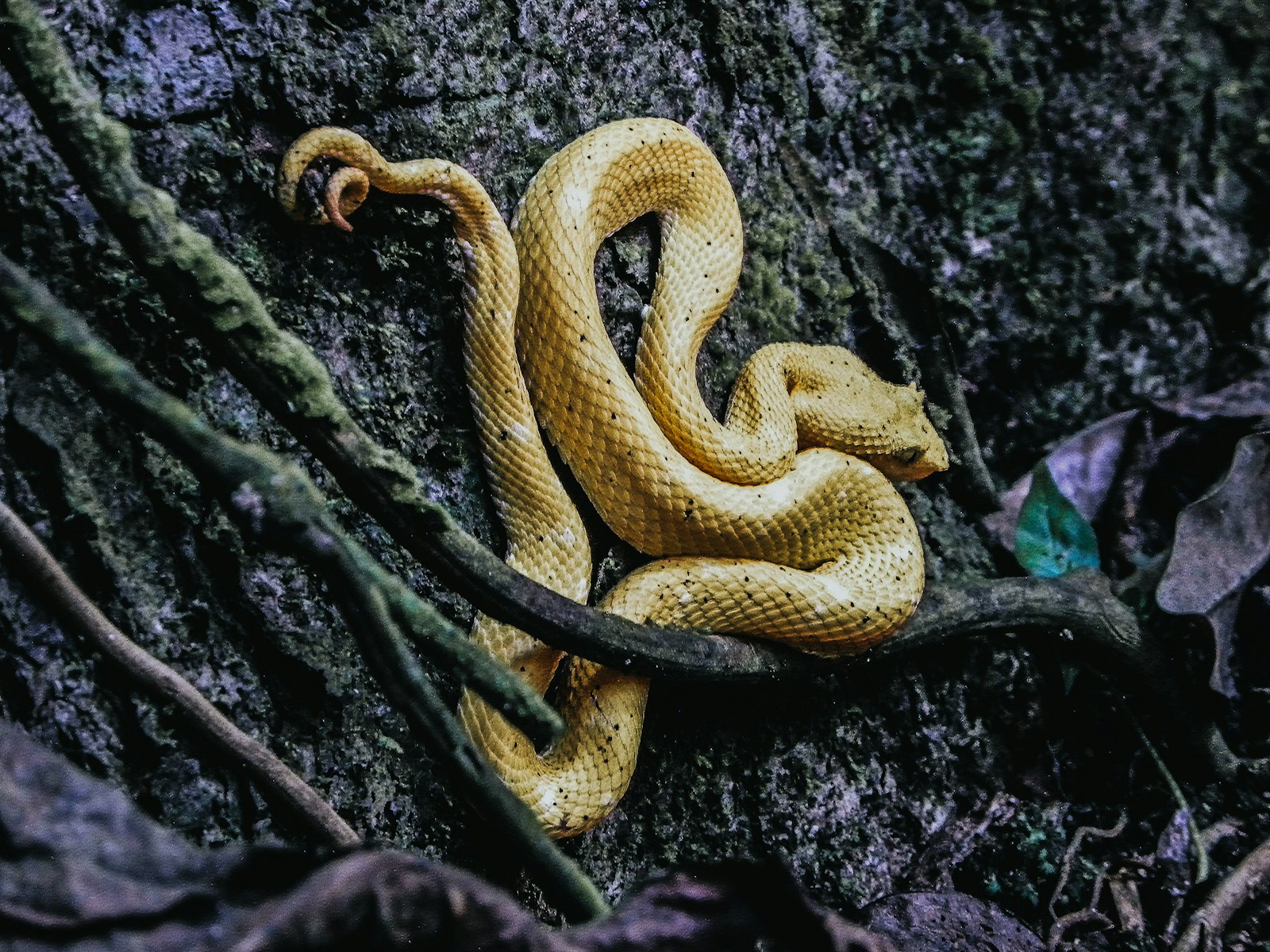Snakes are fascinating predators with highly specialized hunting behaviors that have evolved over millions of years. In the wild, these reptiles employ complex strategies involving sensory perception, stealth, timing, and instinct to successfully capture prey. However, when brought into captivity, many snake owners encounter a puzzling and concerning situation: their serpentine companions completely refuse to hunt. This phenomenon is not merely a matter of stubbornness but represents a complex interplay of biological, psychological, and environmental factors. Understanding why snakes may reject hunting behaviors in captivity is crucial for both proper husbandry and ensuring these animals maintain their natural behaviors in artificial environments.
The Natural Hunting Instincts of Snakes
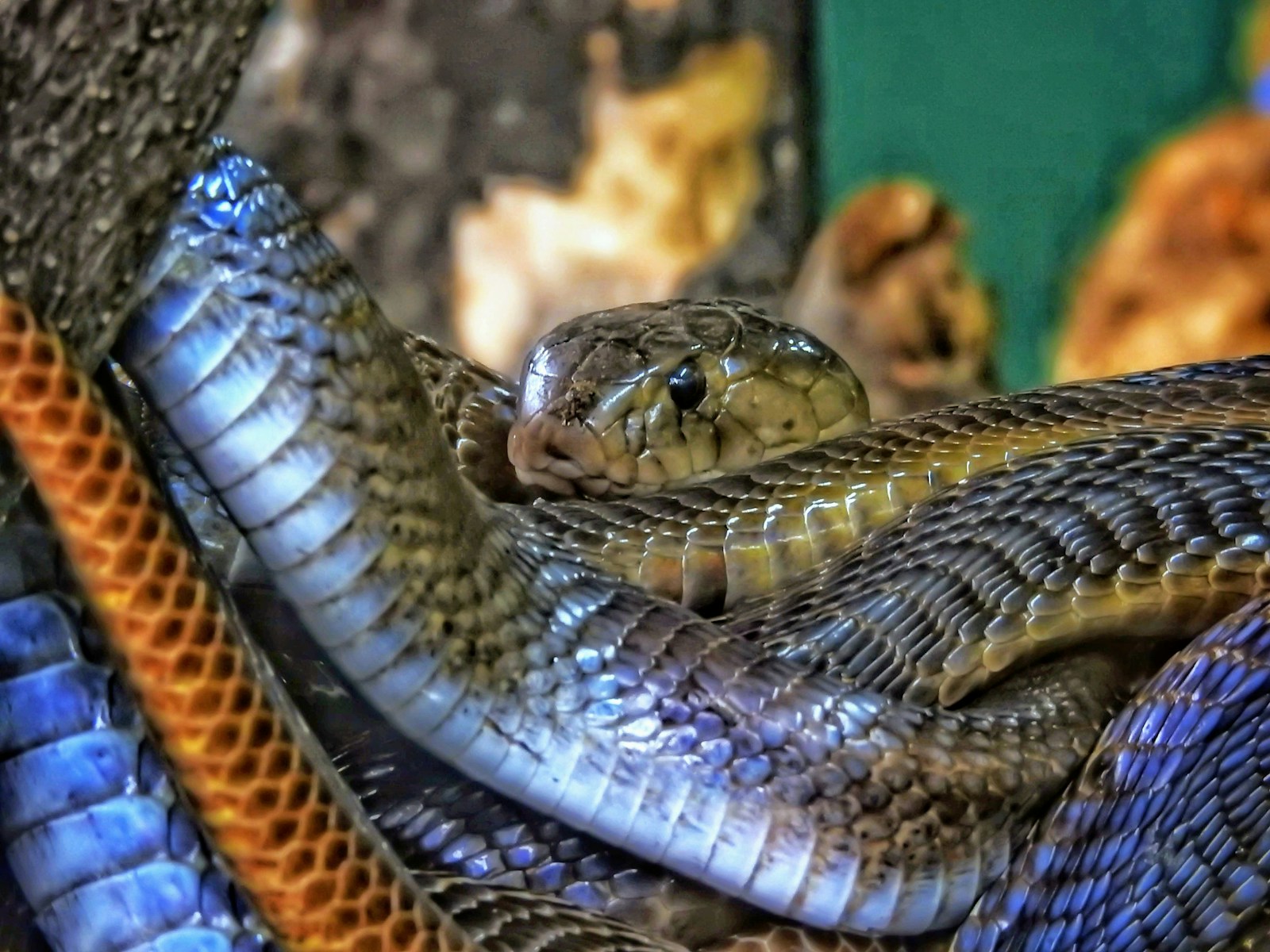
In the wild, snakes have developed incredible hunting adaptations specific to their native environments and preferred prey. Vipers and pit vipers utilize heat-sensing pits to detect warm-blooded prey, while constrictors rely on ambush tactics and powerful muscles. Many colubrids are active hunters that track prey through scent trails and visual cues across varied terrains. These hunting behaviors aren’t simply instinctual but are refined through experience as juvenile snakes grow and learn which strategies yield successful meals. The hunting process for wild snakes involves a complex sequence of behaviors: detection, approach, strike, capture, and consumption—each phase requiring specific environmental triggers and sensory feedback to progress properly.
Stress as a Primary Hunting Inhibitor
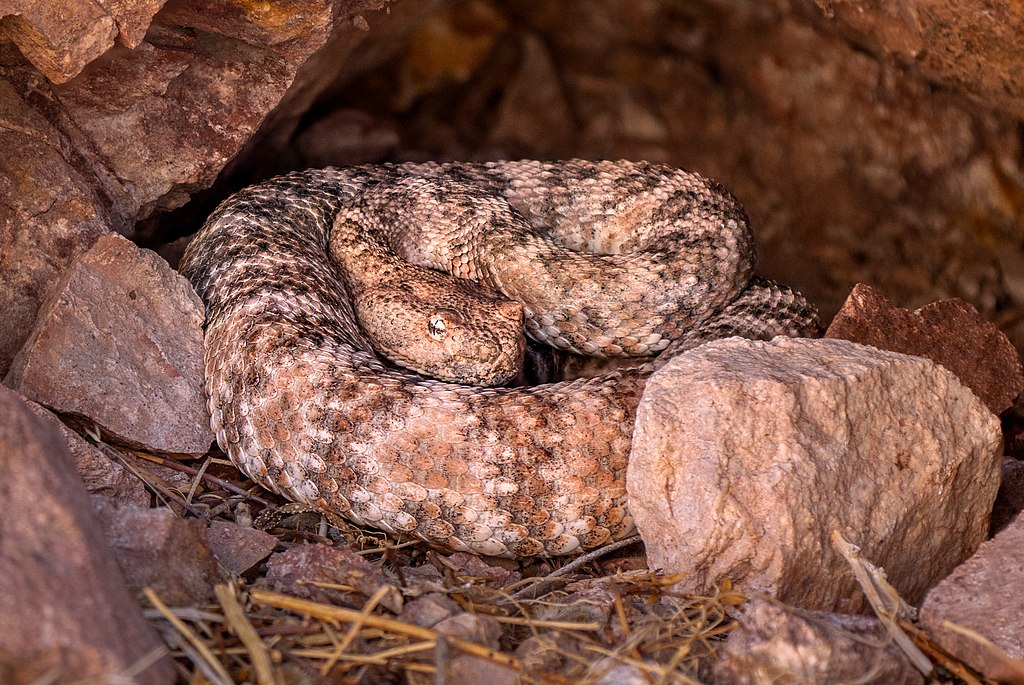
Perhaps the most significant factor causing captive snakes to refuse hunting is stress, which manifests in numerous ways that directly interfere with natural behaviors. When snakes feel threatened or insecure in their environment, their bodies enter a physiological state that prioritizes survival over feeding, causing them to reject hunting opportunities. Common stressors include improper handling, insufficient hiding places, enclosures that are too large or too small, inappropriate lighting, or excessive noise and vibration near their habitat. Newly acquired snakes are particularly prone to stress-induced hunting refusal, often needing weeks or even months to acclimate to captive conditions before resuming normal feeding behaviors. Chronic stress can even lead to immunosuppression, making stress reduction essential not just for feeding but for overall health.
Inadequate Environmental Cues
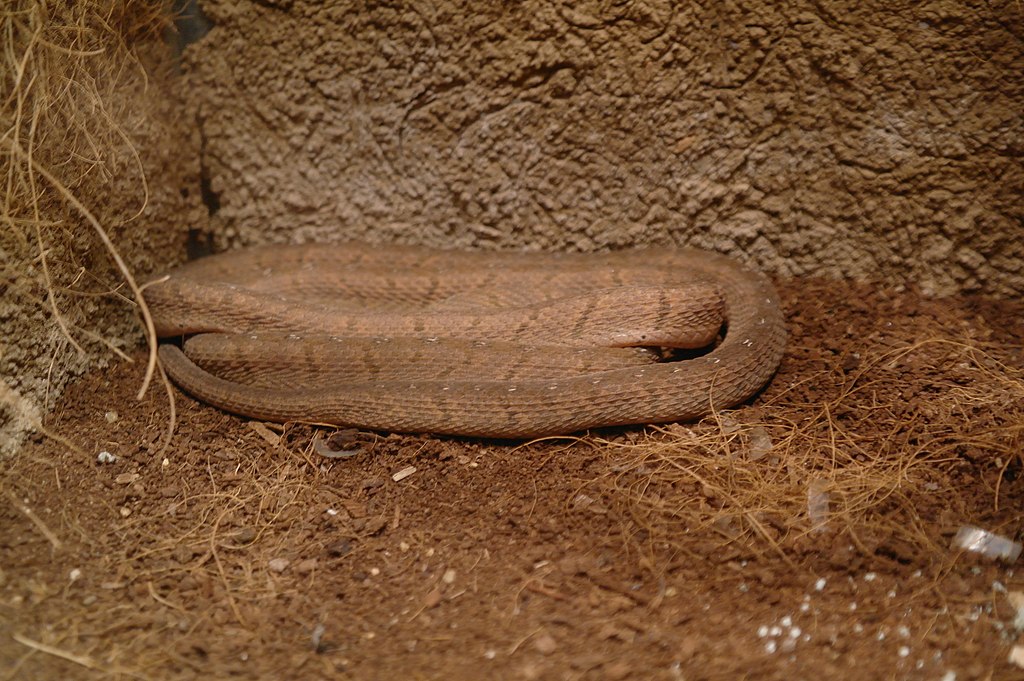
Snakes rely heavily on specific environmental conditions to trigger hunting behaviors, many of which are difficult to replicate in captivity. Temperature gradients play a crucial role, as many species will only hunt within certain temperature ranges that optimize their digestive enzymes and muscular performance. Proper photoperiods (light/dark cycles) signal appropriate hunting times for crepuscular or nocturnal species, who may refuse to hunt if feeding attempts occur during their natural rest periods. Barometric pressure changes, seasonal variations, and even subtle air movements can serve as hunting cues in the wild that are absent in the static environment of captivity. Some species, particularly those from tropical regions, may require specific humidity levels to activate hunting behaviors, as these environmental cues would normally signal prey availability in their natural habitat.
Unnatural Prey Presentation
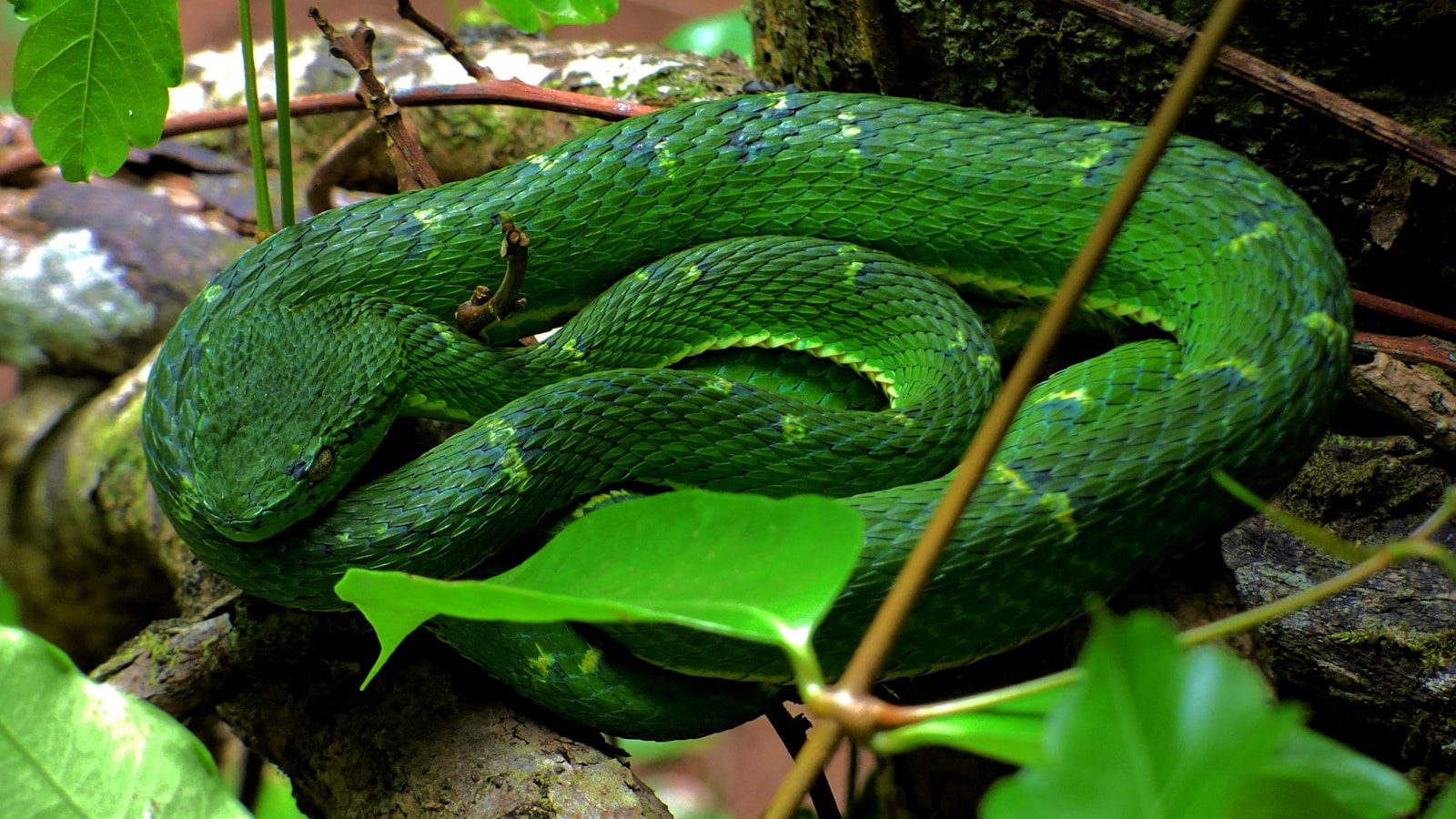
The manner in which prey is presented in captivity often bears little resemblance to how a snake would encounter food in the wild, leading to hunting refusal. Many captive snakes are offered pre-killed prey items that lack the movement, body temperature, and scent profiles that would normally trigger predatory responses. For species that have evolved to hunt specific prey types, substitutes may not elicit the same hunting response—for example, a snake specialized in hunting amphibians might not recognize rodents as food despite their nutritional adequacy. The absence of natural hunting challenges like pursuing prey through complex environments or competing with other predators can reduce motivation to hunt in some species. Even the timing of feeding can affect hunting willingness, as many species have evolved to hunt during specific parts of the day or night when their prey is most vulnerable.
Species-Specific Hunting Requirements
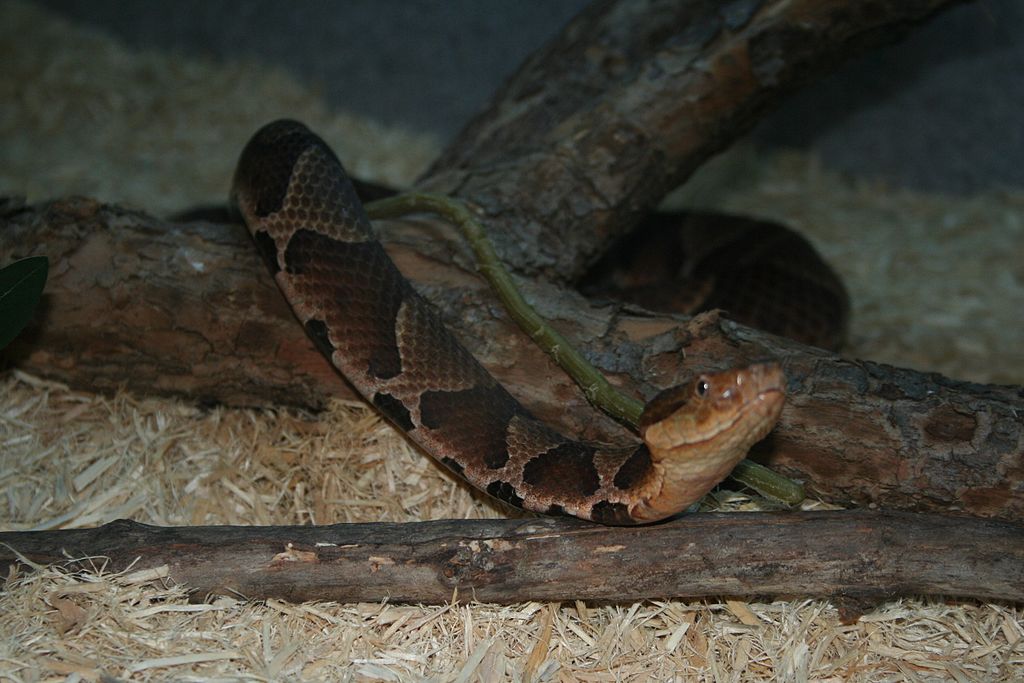
Different snake species have evolved highly specialized hunting strategies that may be difficult to accommodate in captivity. Arboreal species like emerald tree boas and green tree pythons hunt by hanging from branches and striking downward at passing prey, requiring vertical space and appropriate perching opportunities to express this behavior. Aquatic and semi-aquatic species such as water snakes and anacondas naturally hunt in or near water, using specialized underwater striking techniques that cannot be performed in standard terrestrial enclosures. Some specialized feeders like egg-eating snakes (Dasypeltis) or slug-eating snakes have such narrow dietary preferences that they may starve rather than accept alternative prey items. Captive breeding has sometimes selected for individuals that accept non-natural prey, but wild-caught specimens or those closer to their wild ancestry often retain strict hunting preferences that must be accommodated.
Prey Recognition Issues

Many snakes have evolved specific neural pathways for recognizing only certain prey types, making them literally unable to “see” alternative food items as potential meals. This phenomenon is particularly common in specialist predators like the African egg-eating snake, which has evolved to recognize and consume only bird eggs, or certain garter snake populations that specialize in slugs or amphibians. The sensory cues that trigger hunting—including visual shape recognition, movement patterns, scent profiles, and thermal signatures—are highly specific and may not be activated by substitute prey. Young snakes that haven’t been exposed to certain prey types during critical developmental periods may never develop the neural pathways to recognize these items as food. Even when owners attempt to “scent” unfamiliar prey with the smells of preferred food items, snakes with strong prey recognition restrictions may still refuse to hunt.
Health-Related Hunting Refusal
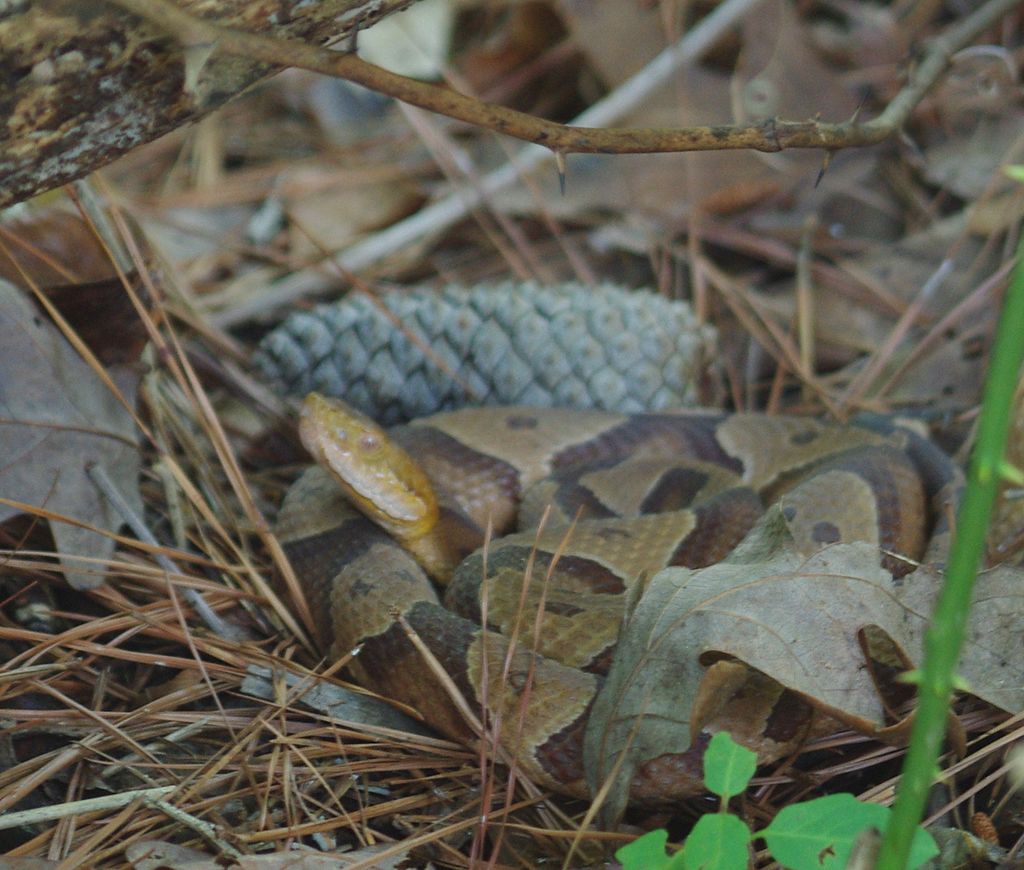
Underlying health issues frequently manifest as hunting refusal before other symptoms become apparent to owners. Respiratory infections, which are common in reptiles kept at improper temperatures or humidity levels, can impair a snake’s ability to detect prey through chemical sensing or cause discomfort that overrides hunger drives. Parasitic infections, both internal and external, can cause lethargy, discomfort, and appetite suppression even when the snake would otherwise be motivated to hunt. Metabolic diseases like hepatic lipidosis (fatty liver disease) alter normal hunger cues and can develop when snakes are overfed or fed inappropriate diets. Mouth rot (infectious stomatitis) makes striking and swallowing painful, causing snakes to associate hunting with discomfort and leading to learned hunting avoidance even after the condition has been treated.
Seasonal and Reproductive Influences

Many snake species evolved in environments with distinct seasons that naturally affect their hunting and feeding cycles. Temperate species often undergo brumation (a hibernation-like state) during winter months, during which they naturally cease hunting and feeding as part of their annual cycle. Reproductive behaviors frequently override hunting instincts, with males of many species refusing food during breeding season as they prioritize finding mates over feeding. Female snakes typically increase feeding before ovulation but may completely cease hunting and feeding during gestation or while guarding eggs, behaviors that can persist even in captivity where such parental care is unnecessary. These biologically programmed feeding cycles can be difficult to override and may be misinterpreted as problematic hunting refusal when they actually represent normal species-specific behaviors.
Learned Hunting Aversion
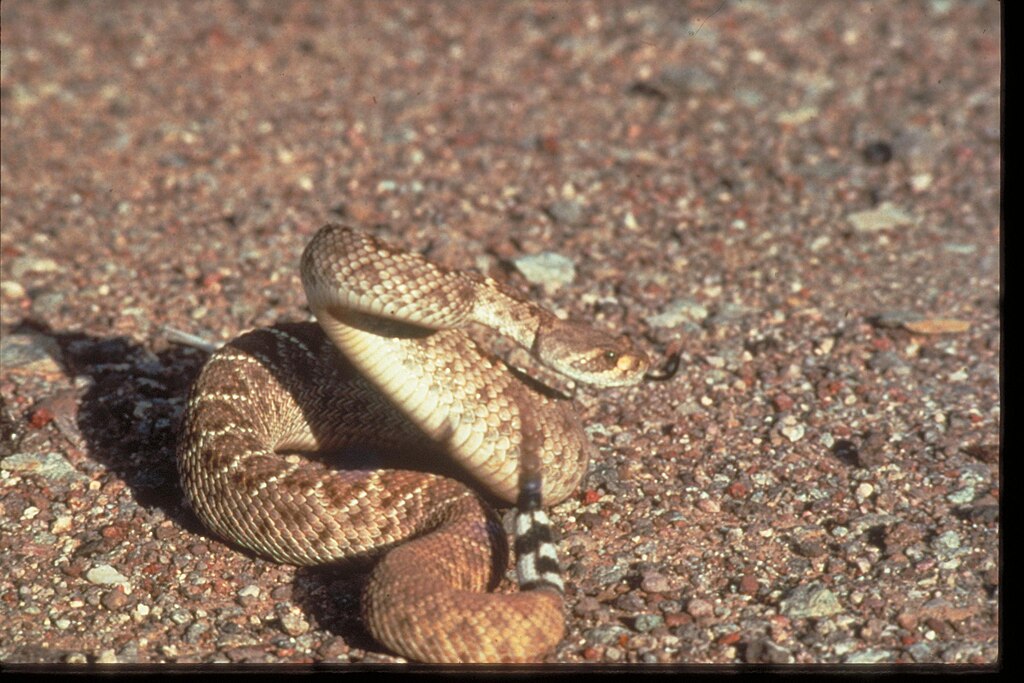
Snakes possess surprising learning capabilities that can lead to persistent hunting refusal based on negative past experiences. A single traumatic feeding experience, such as being injured by live prey, experiencing force-feeding, or being disturbed during a meal, can create lasting aversions to hunting. Some snakes develop negative associations with certain environments or containers if they’ve previously been transferred to feeding bins where stressful experiences occurred. Improper handling techniques immediately before or after feeding attempts can create associations between hunting and stress, leading to refusal behaviors. These learned aversions can be particularly challenging to overcome, sometimes requiring months of careful counter-conditioning with positive feeding experiences to reestablish normal hunting behaviors.
Social and Territorial Factors
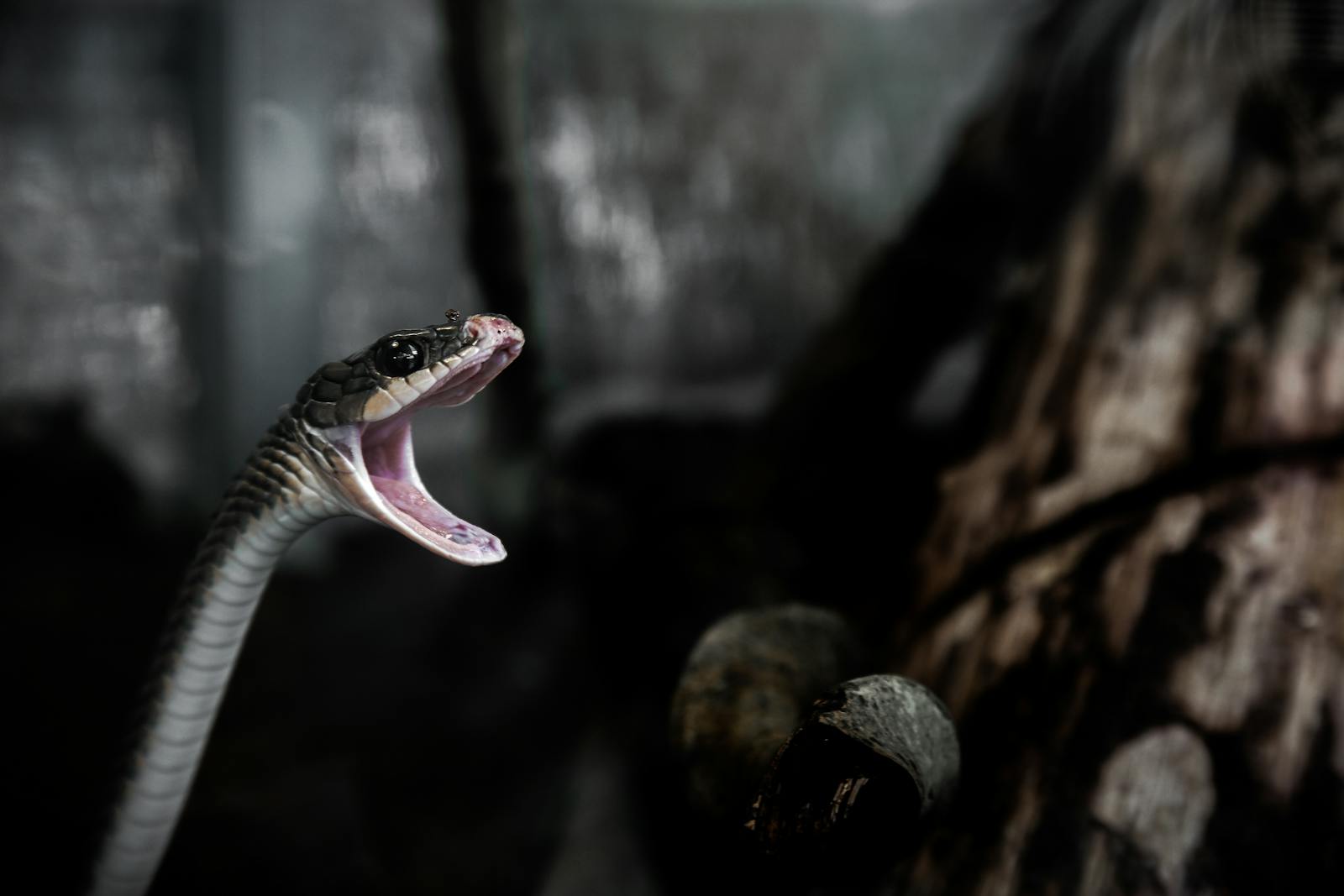
While snakes are generally considered solitary animals, the presence of other animals can significantly impact their willingness to hunt in captivity. Many species become highly vigilant and defensive when they detect the presence of potential predators nearby, including household pets or even humans watching them too intensely during feeding attempts. Some species exhibit complex territorial behaviors that must be satisfied before they’ll engage in hunting, including establishing secure territories through exploration and scent-marking that may be impossible in confined enclosures. Certain communal species may naturally hunt in loose associations with conspecifics, with isolation disrupting normal hunting triggers. The absence of competitive pressure from other predators can also reduce hunting motivation in species that have evolved to take advantage of limited hunting opportunities when they arise.
Enclosure Design Shortcomings
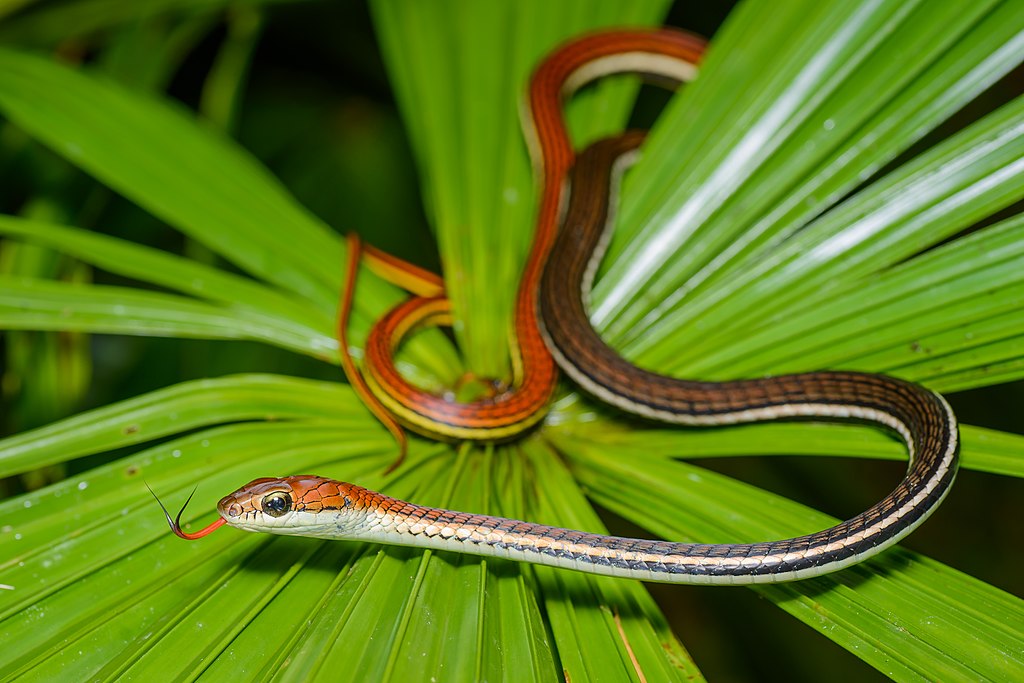
The physical characteristics of captive enclosures frequently fail to provide the conditions necessary for natural hunting behaviors. Inadequate space prevents movement-oriented hunting strategies like active foraging or the proper striking distance needed by ambush predators. Inappropriate substrate can inhibit a snake’s ability to move naturally or may lack the thermal properties they rely on for detecting prey in the wild. Insufficient climbing structures prevent arboreal species from assuming their natural hunting positions, while inadequate water features restrict semi-aquatic species from employing their specialized aquatic hunting techniques. Many enclosures lack the complex environmental features like varied topography, multiple hiding spots, and thermal gradients that enable snakes to approach prey from advantageous positions, making hunting both more difficult and less rewarding.
Successful Strategies for Encouraging Hunting
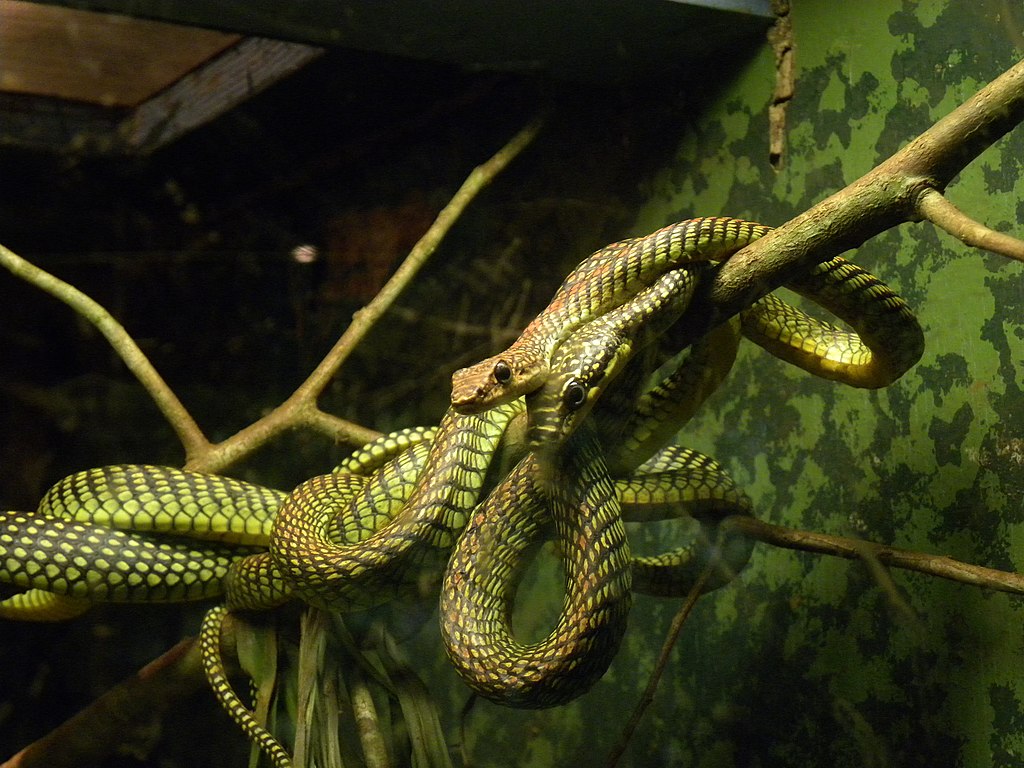
Successful snake keepers employ multiple techniques to encourage natural hunting behaviors in reluctant captives. Creating more naturalistic enclosures with appropriate microhabitats, hiding spots, climbing opportunities, and thermal gradients can significantly increase hunting behavior by providing the environmental context snakes need to express their natural predatory instincts. Scent-trailing techniques, where prey items are gently dragged through the enclosure to create a scent path, can trigger hunting responses in species that track prey through olfactory cues. Specialized feeding tactics like “target training” with tongs can help snakes associate certain movements with feeding opportunities while keeping the keeper’s hands safe from accidental strikes. For particularly stubborn cases, assist-feeding methods that respect the snake’s natural feeding sequence while providing support can help transition from refusing to hunt to self-feeding over time.
When Hunting Refusal Requires Veterinary Intervention

While many cases of hunting refusal can be resolved through husbandry improvements, some situations require professional medical attention. Prolonged hunting refusal resulting in significant weight loss (typically 10% or more of body weight) should prompt veterinary consultation to rule out underlying health conditions. Snakes showing additional symptoms like respiratory difficulties, abnormal posturing, discharge from the mouth or nose, or unusual fecal matter alongside hunting refusal likely have medical issues requiring treatment. Some cases of persistent hunting refusal stem from neurological issues that may be congenital or acquired through injury or disease, requiring specialized diagnostic approaches. Parasitic infections often cause subtle hunting refusal before other symptoms appear, and can be diagnosed through fecal testing and treated with appropriate medications prescribed by reptile-experienced veterinarians.
Conclusion

Understanding why snakes refuse to hunt in captivity requires appreciating these animals as complex predators with specialized adaptations and behaviors shaped by millions of years of evolution. Rather than viewing hunting refusal as stubbornness or “pickiness,” responsible snake keepers recognize it as valuable feedback about deficiencies in the captive environment or potential health concerns. By addressing stress factors, creating more naturalistic hunting opportunities, and respecting species-specific needs, many cases of hunting refusal can be successfully resolved. For those considering snake ownership, this challenge highlights the importance of thorough research into the specific hunting and feeding requirements of your chosen species before bringing them into your care. With patience, knowledge, and proper husbandry, most captive snakes can be encouraged to express their natural hunting behaviors, leading to healthier animals and more rewarding relationships between these fascinating predators and their human caretakers.

